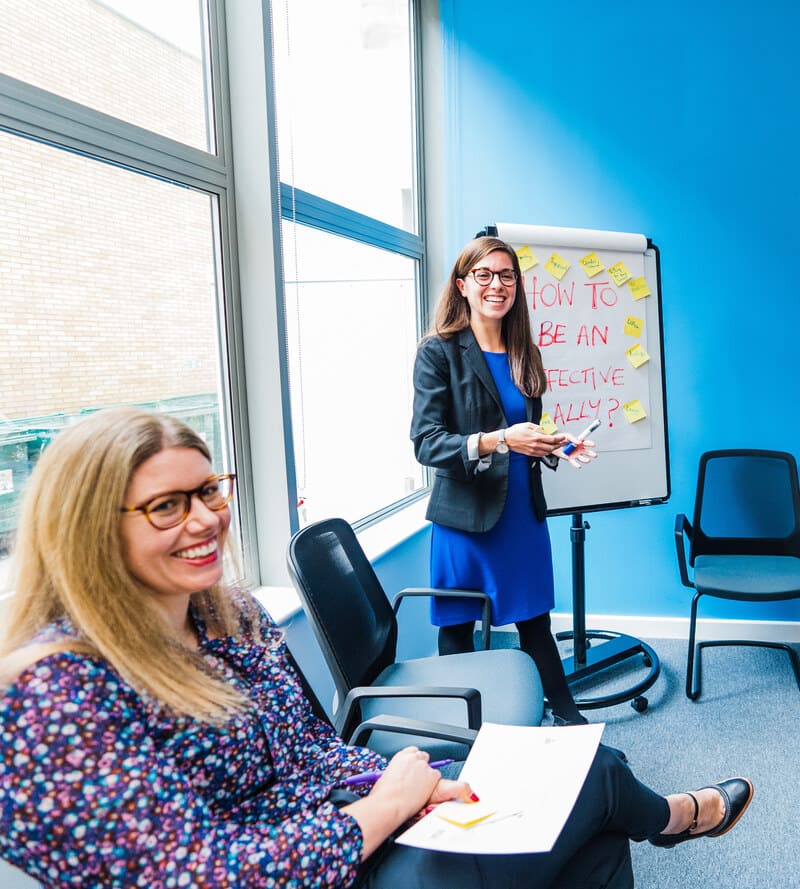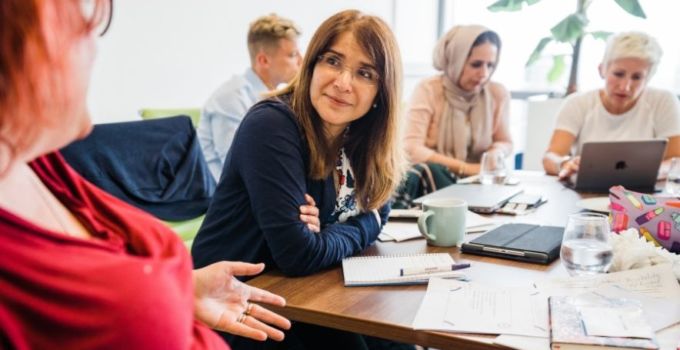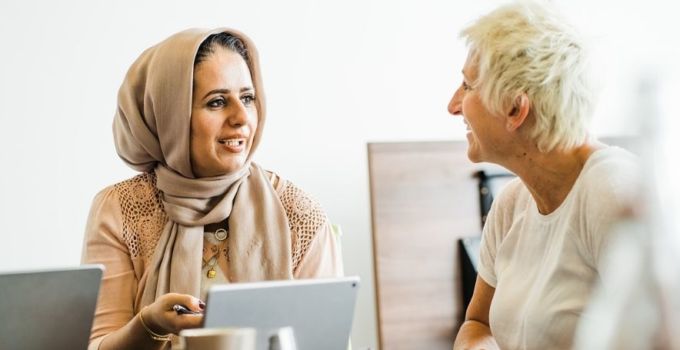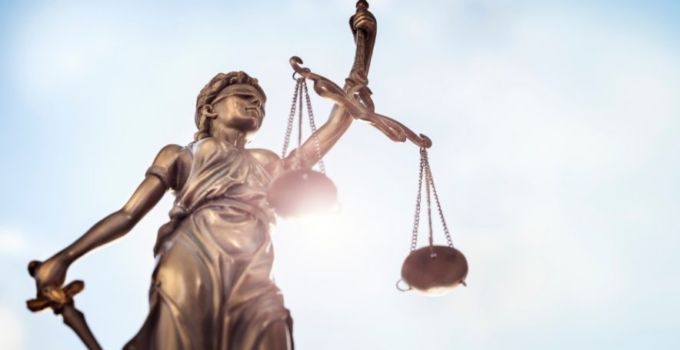Challenging gender inequality, celebrating good practice
There’s no disputing the progress made when it comes to gender equality, both in the workplace and in wider society. Year on year, women are increasing their representation at all levels, and the gender pay gap continues to close. In tandem, the conversation around gender identity, expression and orientation has never been so visible. But there is still much to be done. Men still heavily outnumber women, especially as roles become more senior. Black, Asian or women from other Minoritized Ethnic groups still lose ground to their white counterparts at every level of work. Gender was our area of focus when EW Group first started in 1992, and it remains central to the work we do every day.
Gender versus Performance
The most gender-diverse companies outperform the least by 48%
Supporting LGBT+
71% of LGBT+ individuals say they are more likely to buy something from a company that supports LGBT+ equality
Broach the language of gender with confidence
Integrating inclusive language into your everyday
It can feel at times like the dialogue on inclusive terminology is the new ‘health and safety’ or ‘political correctness’. Just as the word ‘woke’ sparks all sorts of contention, for some, the concepts of gender-inclusive language have not been easy to adopt. We recognise this and relish the opportunity to disrupt entrenched thinking and promote genuine attitudinal change.
Language and thinking are always evolving. Crucially, the dialogue on inclusive language is becoming ever more visible, enabling those who don’t express themselves within the context of societal expectations to use language that better serves them. And that means bringing a fuller sense of their own identity to the work they do.

Breaking down barriers
Encouraging inclusive language use across your organization
All our gender-focused training sessions are tailor-made to your unique business setting. As an example, a typical session would cover:
- How history and traditions have shaped gender norms and gendered roles, and how we can deconstruct them
- The story of gender equality and where we are now
- Understanding expression and gender terminology, identities and pronouns
- Barriers facing different genders (broken rungs, the glass ceiling, and the glass cliff)
- What is meant by gender vs sex
- The possible intersections of gender with other elements of identity
- Actions we can all take to empower and include everyone, irrespective of gender and expression
- What can I do? How to be an effective ally in the workplace
Beyond binaries
Gender-inclusive language – boost employee belonging and customer appreciation
Building systemic inclusion around gender identity and equality is about more than the choice of pronouns to use. It starts with developing a shared understanding of how gender plays out in workplace reality, day in, day out. This helps ensure a solid base to start navigating inclusive language and communication with staff and customers alike.
One example of this is the understanding of gender and sex as distinct aspects of a person’s identity. We’ll encourage your people to consider what is meant by each term, why they aren’t interchangeable, and how binary definitions of both aren’t enough to include everyone in our society and in our workplaces. And we’ll showcase why it makes better business sense to do so.




